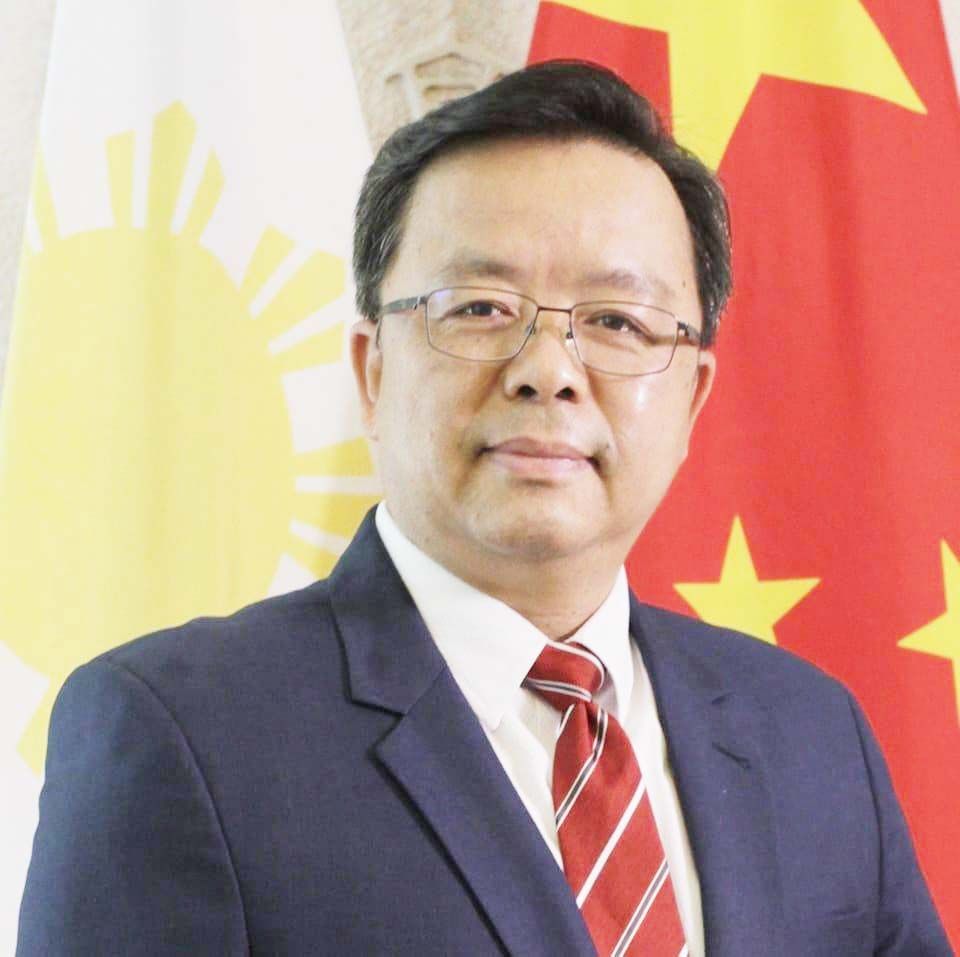China Pulse: High-quality development and high-standard opening-up

Ambassador Extraordinary and Plenipotentiary of the People's Republic of China in the Philippines
The Third Plenary Session of the 20th Central Committee of the Communist Party of China (CPC) was held in Beijing from July 15 to 18, 2024. With a view to advancing Chinese modernization, this session made an overall plan for further deepening reform across the board. It serves as a crucial window for countries worldwide, especially our neighbors and partners, to accurately understand China, grasp the pulse of China, and comprehend China's commitment to high-quality development and high-standard opening-up.
Commitment to continuous reform and opening-up
The Third Plenary Session of the 11th Central Committee of the CPC in 1978 marked the beginning of China's great journey toward reform, opening-up, and socialist modernization. The focus of the country shifted towards economic development. During the 45 years from 1978 to 2023, China's economic growth rate averaged 8.9 percent annually.
The third Plenary Session of the 18th Central Committee of the CPC in 2013 heralded a new era of comprehensive reform in China. That same year, Chinese President Xi Jinping proposed the Belt and Road Initiative (BRI). Over the past decade, China has signed BRI cooperation documents with over 150 countries and 30 international organizations, promoting the shared vision of building a community with a shared future for mankind.
The Third Plenary Session of the 20th Central Committee of the CPC this year is also of epoch-making significance. The overall objectives of further deepening reform comprehensively are to continue improving and developing the system of socialism with Chinese characteristics and modernize China’s system and capacity for governance. By 2035, we will have finished building a high-standard socialist market economy in all respects, further improved the system of socialism with Chinese characteristics, generally modernized our system and capacity for governance, and basically realized socialist modernization.
Advancing Chinese modernization
Initiating a new phase of Chinese modernization still relies on reform and opening up. The aim of deepening reforms comprehensively is to harmonize and mutually promote relations of production and new quality productive forces. China will vigorously develop new quality productive forces. Continuous increase of institutional support will be a goal: actively nurturing future industries, leading technological progress, driving industrial upgrades, and pioneering new fields such as quantum and life sciences.
Five major benefits to neighboring countries
Opening-up is a distinctive feature of Chinese modernization. The plenary session reiterated that China will persist in promoting reform through opening-up, leveraging the strengths of its enormous market to expand international cooperation. It is estimated by IMF that every one percent growth in China's GDP contributes to a 0.3 percent increase in Asia's economy. The high-standard opening-up of China's large market presents a significant opportunity for the world, especially ASEAN countries.
1. Promoting regional cooperation to new heights: June this year marks the one-year anniversary of the Regional Comprehensive Economic Partnership (RCEP) fully taking effect for 15 signatory countries. More than 90 percent of tariffs for trade in goods have been eliminated. In 2023, greenfield investment in the RCEP region attracted $234.1 billion, a 29.8 percent increase, and 2.2 times that of 2021.
2. An enormous market and complete industrial chains benefit trade and investment. Since 2013, trade between China and ASEAN has grown at an annual average rate of 8.8 percent. In the first half of 2024, ASEAN remained China's largest trading partner, with a total trade volume of $469 billion, growing by 10.5 percent. Bilateral investment has flourished, with cumulative investments exceeding $380 billion, making ASEAN China's primary destination for foreign investment and the leading source of foreign direct investment.
3. Emerging industry cooperation fostering new momentum. China and ASEAN have established a digital economy partnership. Green cooperation has expanded steadily, with notable achievements such as the largest solar power plant in Southeast Asia, the Dau Tieng Solar Power Project in Vietnam, and Indonesia's first floating photovoltaic project, the Cirata Floating Photovoltaic Plant, supporting ASEAN's green and low-carbon development.
4. Complementary advantages closely linking production and supply chains: China has signed capacity cooperation agreements with Cambodia, Lao PDR, Vietnam, and other countries to jointly build the Sihanoukville Special Economy Zone, the Thai-Chinese Rayong Industrial Park, and the “Two countries, Twin Parks”. Chinese companies are engaging in international capacity cooperation in Malaysia and Thailand, enhancing the resilience of the production and supply chains in the electric vehicle and new energy sectors.
5. Strengthening infrastructure construction and cultural exchange: The high-quality cooperation under the Belt and Road Initiative between China and ASEAN has yielded remarkable results, with landmark projects such as the China-Laos Railway, the Golden Port Expressway, and the Jakarta–Bandung High-Speed Railway being completed one after another. The geographic proximity, close people-to-people bonds, and cultural affinity between China and ASEAN provide a solid foundation for practical cooperation. Joint efforts in combating the Covid-19 pandemic and establishing healthcare cooperation platforms propelled the sustainable development of bilateral relations. Looking ahead, China-ASEAN cooperation is poised to deepen continuously, moving towards an even closer China-ASEAN community with a shared future.